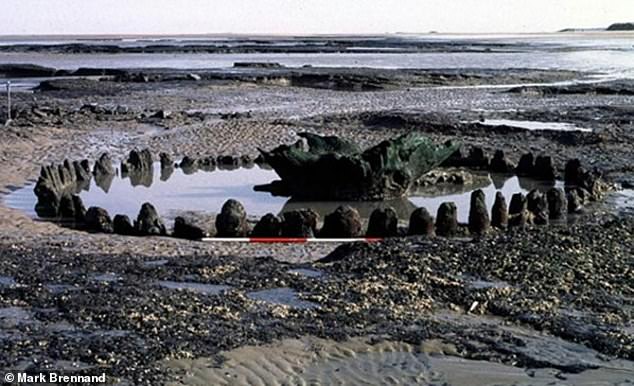When it comes to the mysteries of Britain’s Neolithic past, Stonehenge is probably the structure that people would recognize the most.
But archaeologists are beginning to unravel the secrets of an even stranger structure, built off the coast of Norwich 4,000 years ago.
Researchers believe ‘Seahenge’ and a second nearby monument were built by the ancient British during a period of extreme cold, in an effort to try to restore the warm climate.
Dr David Nance, an archaeologist at the University of Aberdeen, maintains that Seahenge was built to resemble a cage designed to prolong summer by keeping a young cuckoo singing.
Dr Nance says: “The best explanation for both monuments is that they have different functions and rituals associated with them, but with a common intention: to end the extremely cold climate.”
Scientists believe Seahenge (pictured) may have been built as part of a ritual attempt to restore a warmer climate and prolong summer.
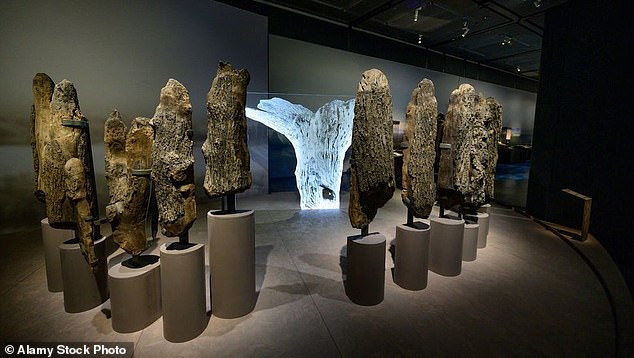
The timber circle known as Seahenge consists of 55 split oak logs arranged in a 7.5 meter (25 ft) wide oval surrounding a “horseshoe” of five larger oak posts centered around an inverted oak stump .
Seahenge, or Holme I as it is scientifically known, was first discovered by archaeologists in 1998 near the village of Holme-next-the-sea, Norfolk.
The structure is made up of 55 split oak logs arranged in a 7.5 meter (25 ft) wide oval surrounding a “horseshoe” of five larger oak posts centered around an inverted oak stump.
Researchers also found a second wooden circle, called Holme II, built next to it, making them the only known British monuments erected together.
The structures had been buried under the salt marsh near the beach for thousands of years before they were finally exposed by erosion.
Despite what their final location might suggest, ‘Seahenge’ is actually a misnomer as the circles would not have been near the water.
Seahenge was originally built in an area protected from the sea by sand dunes and mudflats.

Archaeologists suggest the structure mimics the mythological “cuckoo confinement” in which a young cuckoo (pictured) is trapped to keep singing and prevent the end of summer.
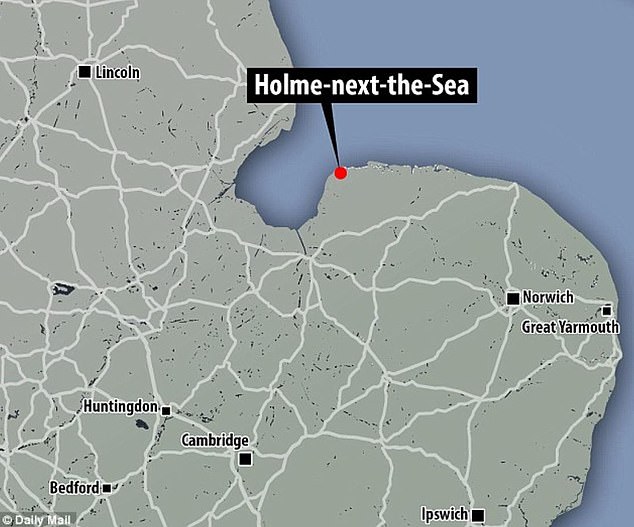
Both circles were discovered at Holme-next-to-Sea near Old Hunstanton in Norwich, Norfolk (pictured). Holme is the only place in the UK where prehistoric timber has been found and it is believed that the tree used to make the two circles was felled at the same time.
Over thousands of years, the bog turned into a thick layer of peat that preserved the wooden posts in very good condition.
However, like Stonehenge, little is known about why this structure was built or what role it may have played in people’s lives.
Since almost nothing survives of the people who built Seahenge, it is extremely difficult for archaeologists to find concrete evidence of its use.
To try to close that 4,000-year gap, Dr. Nance combined the archeology of the site with astronomical predictions, environmental data and local folklore.
Previous studies have suggested that the structures were built to commemorate the death of individuals or to perform sky burials in which the dead would be placed in a circle to be consumed by scavenging birds.
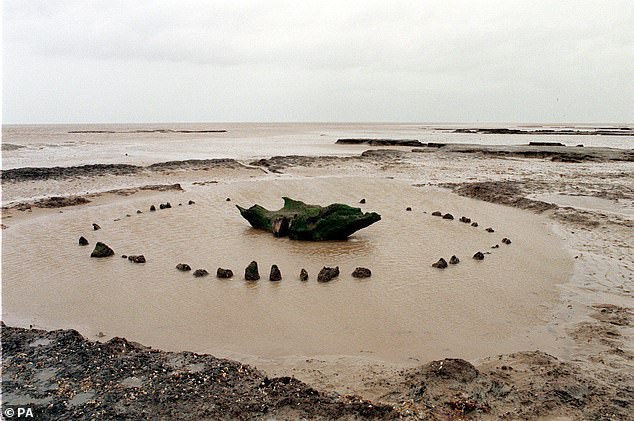
The structure was controversially removed and taken to the nearby Lynn Museum following its excavation in 1999.
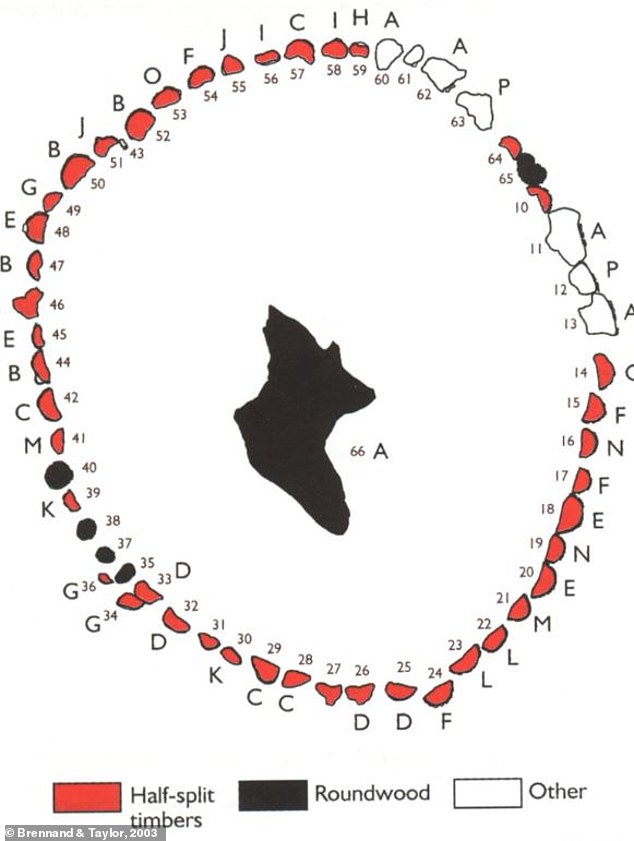
Archaeologists say the ring was built during a period of extreme cold and was designed to imitate the “underworld dinners” where the cuckoo, associated with summer, would supposedly flee in winter.
However, Dr. Nance’s research suggests that these structures may have been built in an attempt to prolong summer.
He explains: ‘We know that the period in which they were built 4,000 years ago was a prolonged period of reduced atmospheric temperatures and severe winters and late springs that put pressure on these early coastal societies.
“It seems more likely that these monuments had the common intention of ending this existential threat, but they had different functions.”
Dr Nance points to the Seahenge structure as evidence that it could have been used as part of a ritual related to the “suppressed cuckoo myth”.
Surviving folklore from the area tells how a newborn cuckoo was placed in a thorn bush and “walled” to prolong the summer.
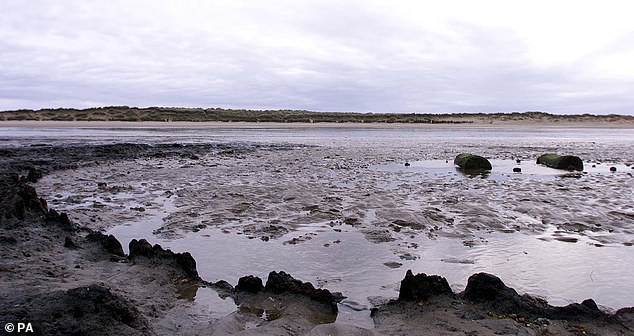
The construction of Seahenge aligns with the sun on the summer solstice, suggesting it may have served a ritual purpose.
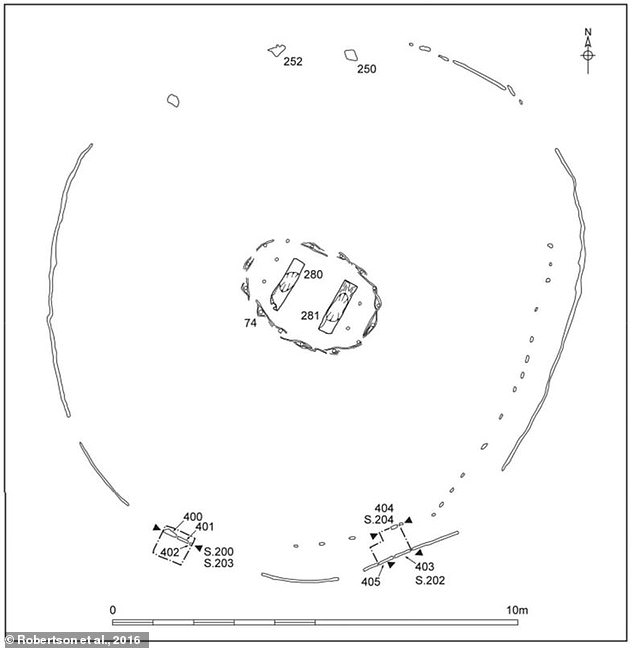
Holme II (illustrated) is even larger than Seahenge and would have been aligned with the sunrise on Samhain, the pagan festival from which Halloween comes, in 2049 BC
“The summer solstice was the date when, according to folklore, the cuckoo, symbolizing fertility, would stop singing, return to the Otherworld, and summer would go with it,” explains Dr. Nance.
“Dating of the Seahenge beams showed that they were felled in spring and were considered more likely to be aligned with the sunrise on the summer solstice.”
In his article, published in GeodiaryDr. Nance suggests that the shape of Seahenge is designed to imitate ritual cuckoo writing.
Holme II, which was probably built in the autumn of the same year, may have attempted to achieve the same objective using a different technique.
The second circle is twice the size of Seahenge, measuring 13.2 m (43 ft) wide and formed by an outer ring of oak posts surrounding two large coffin-like beams.
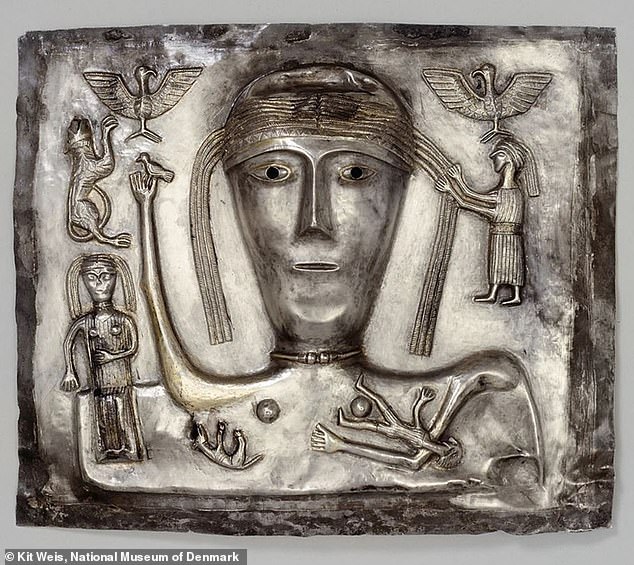
Holme II may have been the resting place of ‘sacred kings’ sacrificed to the pagan goddess Venus (pictured), who was often associated with the cuckoo, as shown on this plaque constructed between the early centuries BC. C. and d. c.
While Seahenge aligns the summer solstice, astrological predictions suggest that in 2049 BC. C., this circle would have aligned with the sunrise on Samhain, the pagan holiday from which Halloween comes.
This date is particularly important because Venus would have been visible in the sky this year.
Dr Nance says this could be a connection to the legend of the “holy king” recorded in Iron Age Ireland and northern Britain.
These were members of the community who would be sacrificed in an attempt to appease the goddess of Venus.
And he adds: “Evidence suggests that they were ritually sacrificed every eight years on Samhain (now Halloween), coinciding with the eight-year cycle of Venus.”
If true, the coffin-shaped beams could have been used to contain the bodies of those sacrificed to try to put an end to the short summers and long winters.

